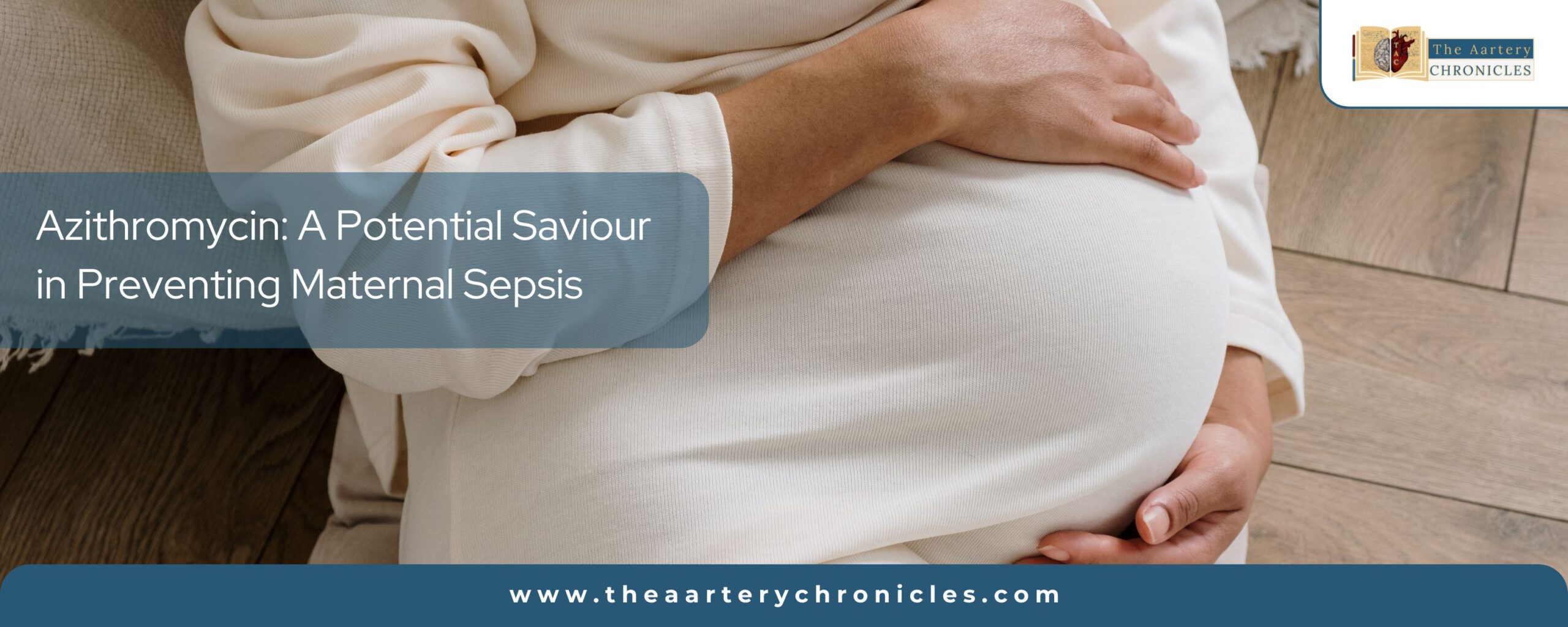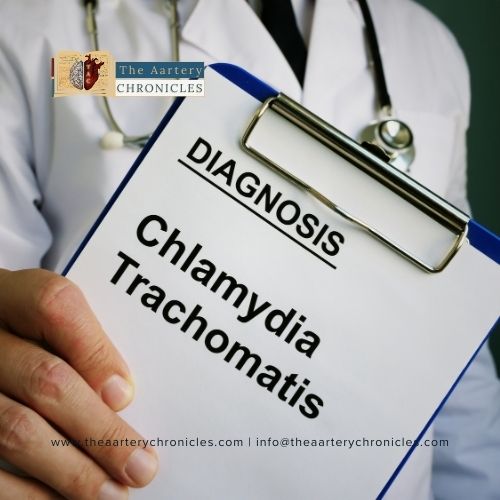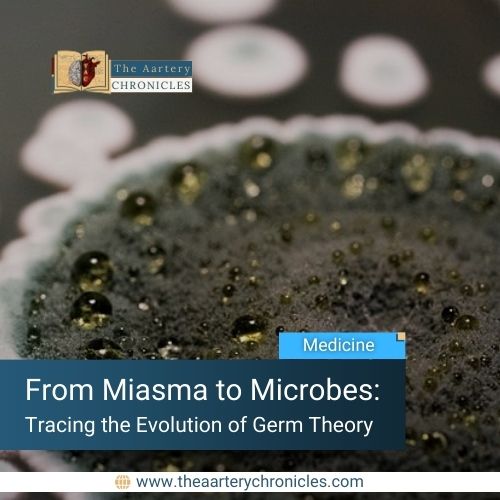Azithromycin: A Potential Saviour in Preventing Maternal Sepsis or Death During Vaginal Delivery
Maternal mortality, although declining globally, remains a significant concern, especially in low- and middle-income countries. Sepsis, a life-threatening condition resulting from the body’s response to infection, is a leading cause of maternal death. In recent years, research has explored various strategies to prevent maternal sepsis or death, and one promising avenue involves the use of azithromycin in women planning vaginal birth. This article delves into the potential of azithromycin as a preventative measure to avert maternal sepsis and mortality and its implications for maternal health.
Understanding the Risk
Maternal sepsis is a life-threatening complication of childbirth that often results from a severe bacterial infection affecting the uterus either during pregnancy or shortly after delivery (the postpartum period). Sepsis resulting from obstetric infections is recognised as the third leading cause of maternal mortality.
Maternal sepsis commonly develops when an infection occurs in a C-section incision, tear, or other postpartum wound in the days or weeks following delivery. However, sepsis can also result from various infections during pregnancy or after childbirth, including pneumonia, strep throat, and urinary tract infections.
Physiological, immunological, and anatomical alterations during pregnancy render pregnant women more susceptible to infections compared to non-pregnant women. These changes can mask the indicators of infection and sepsis, leading to a delay in identifying and treating sepsis. Undiagnosed or inadequately managed maternal infections can result in sepsis, maternal mortality, or disability, along with a heightened risk of early neonatal infection and other adverse outcomes. [1, 2, 3]
Azithromycin and its Mechanism of Action
Azithromycin, belonging to the macrolide class of antibiotics, exhibits broad-spectrum activity against various bacteria, including those commonly implicated in maternal infection. Intravenous administration of azithromycin during caesarean delivery has displayed promising results in preventing maternal sepsis.
Azithromycin, similar to other macrolides and protein synthesis inhibitors, mainly functions as a bacteriostatic agent, inhibiting bacterial growth rather than immediately killing them. Nevertheless, azithromycin exhibits bactericidal properties against specific bacterial strains, particularly with an increased dosage. By inhibiting bacterial protein synthesis, azithromycin effectively targets pathogens such as Group B Streptococcus (GBS), Chlamydia trachomatis, and Mycoplasma genitalium, which are prevalent causes of obstetric infections and related complications.
The World Health Organization and other organizations advocate for the use of prophylactic azithromycin in pregnant women undergoing caesarean section, citing a US trial where intravenous azithromycin resulted in a 50% decrease in the risk of maternal sepsis. [4, 5]
Research Findings and Evidence
Dr. Tita et al. from the University of Alabama conducted a multi-country, placebo-controlled, randomized trial involving 29,278 women. The study enrolled women in labour at 28 weeks of gestation or more who intended to have a vaginal delivery. Participants received either a single 2g oral dose of azithromycin or a placebo to prevent maternal sepsis.
This large multi-country clinical trial, sponsored by the National Institutes of Health, revealed that administering a single oral dose of the antibiotic azithromycin can reduce the incidence of postpartum sepsis and mortality by one-third among women delivering vaginally. Among women who were administered azithromycin during labour in the study, only 1.6% experienced sepsis or death within six weeks following delivery, in contrast to 2.4% of those who received a placebo. Furthermore, the data indicated a decreased risk of maternal endometritis, infections, readmissions, and unscheduled healthcare visits in the group that received azithromycin compared to the placebo group. However, azithromycin did not demonstrate a reduction in the risk of stillbirth, neonatal sepsis, or neonatal mortality. [6, 7]
Challenges and Considerations
While the evidence supporting the use of azithromycin is promising, challenges exist in implementing widespread prophylactic antibiotic use during vaginal labour. Concerns regarding antibiotic resistance, potential adverse effects, and variations in microbial resistance patterns across different regions warrant careful consideration. Moreover, the optimal dosage, timing, and selection criteria for azithromycin administration need further refinement through additional research. [8]
Conclusion
Azithromycin holds promise as a preventive measure against obstetric infections, offering a simple and potentially effective intervention to reduce maternal morbidity and mortality. While further research is needed to elucidate the optimal use of azithromycin and address implementation challenges, its potential to save lives cannot be overstated. Through collaborative efforts and evidence-based practices, we can harness the full potential of azithromycin to safeguard the lives of mothers and their newborns, ensuring safer childbirth experiences for all women.
- Maternal Sepsis - End Sepsis
- Maternal infections in health facilities (who.int)
- Maternal sepsis - American Journal of Obstetrics & Gynecology MFM (ajogmfm.org)
- Azithromycin - StatPearls - NCBI Bookshelf (nih.gov)
- Dose of azithromycin found to cut risk of maternal death, sepsis in childbirth | CIDRAP (umn.edu)
- Single-dose antibiotic prevents maternal sepsis and death | National Institutes of Health (NIH)
- Azithromycin reduces risk of maternal sepsis, death in vaginal delivery (contemporaryobgyn.net)
- Use of Prophylactic Antibiotics in Labor and Delivery | ACOG

Author: Dr. Anjali Singh
Subscribe to our Newsletter
Get Articles of your preference delivered to your Mailbox!






